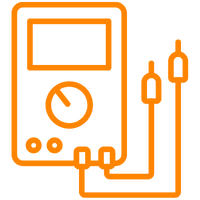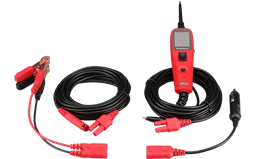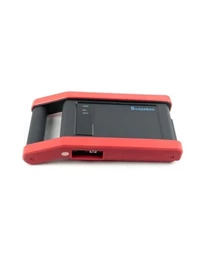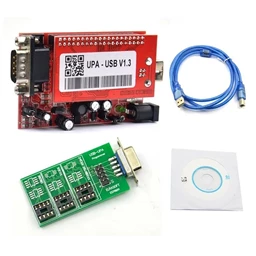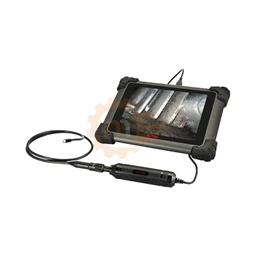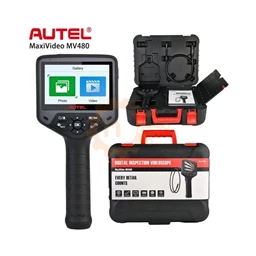The Basics and Importance of the CAN Bus System What is the CAN Bus Emulator and How Does it Work? The Basic Working Principle of CAN Bus Emulators The Basic Components of CAN Bus Emulators Areas of Use and Benefits of CAN Bus Emulators 1. Development and Testing of Vehicle Electronic Systems 2. Fault Detection and Troubleshooting 3. Simulation of Missing or Defective ECUs 4. Aftermarket Product Development and Integration 5. Education and Research Things to Consider When Choosing a CAN Bus Emulator 1. Supported CAN Protocols and Standards 2. Hardware Features and Performance 3. Software Interface and Ease of Use 4. Connection Options and Compatibility 5. Extensibility and Additional Features Oct. Popular CAN Bus Emulator Solutions and Products Offered by Nitro Bilişim 1. CAN Bus Analyzer 2. Dual Channel CAN Analyzer 3. CAN Bus Emulator Kits 4. CAN Bus Gateway and Converters Examples of Practical Uses of CAN Bus Emulators 1. Vehicle Instrument Panel Test 2. Incomplete ECU Simulation 3. Integration of the Aftermarket Alarm System 4. Research and Safety Tests Modern vehicles have evolved into complex computer networks containing dozens of electronic control units (ECUs). One of the most common protocols that allows communication between these ECUs is the CAN (Controller Area Network) Bus system developed by Bosch in the 1980s. Dec. The CAN Bus is designed to ensure that the different electronic components in the vehicle (engine control unit, ABS, airbag, transmission control unit, climate control unit, etc.) allows them to communicate with each other quickly, reliably and efficiently. The proper operation of the CAN Bus system is critical for the performance, safety and comfort functions of the vehicle. However, special equipment is needed to detect failures in this system, test new components or make changes to the vehicle. It is at this point that the CAN Bus emulators come into play. In this comprehensive guide, we will examine in detail what CAN Bus emulators are, how they work, how they are used in vehicle electronics, and Nitro Bilişim's professional solutions in this field. A CAN Bus emulator is an electronic device that simulates, simulates, or tests the CAN Bus system in a vehicle. These devices can simulate the behavior of ECUs located in the CAN Bus network of a real vehicle, send and receive CAN messages, and analyze communication on the CAN Bus. 1. Creating and Sending Messages: The emulator can create CAN messages that a specific ECU will send and send them to the CAN Bus line. For example, it can create messages containing data such as engine speed, vehicle speed, engine temperature. 2. Message Reception and Analysis: It can receive messages sent by other ECUs on the CAN Bus, decrypt these messages and analyze their contents. 3. ECU Simulation: It can simulate the presence of an ECU that is not physically present in the vehicle. For example, it can replace a dismantled or malfunctioning ECU, allowing the system to continue working. 4. Error Injection: By deliberately creating errors in the CAN Bus system, it can test how the system reacts to these errors. 1. Hardware Interface: Connectors and electronic circuits that allow physical connection to the CAN Bus line. 2. Processor Unit: A microprocessor or microcontroller that processes, creates and analyzes CAN messages. 3. Software Interface: Computer software that allows the user to program the emulator, control it and view the results. 4. Memory: Memory units used to store CAN messages, protocol definitions, and user settings. CAN Bus emulators offer various advantages for professionals working in the field of automotive electronics, researchers and hobbyist users: When automotive manufacturers and suppliers develop new ECUs and electronic systems, these systems must be tested in a laboratory environment before they can be integrated into real vehicles. CAN Bus emulators simulate the real vehicle environment, allowing these tests to be performed safely and in a controlled manner. The detection of complex malfunctions that occur in vehicle electronic systems can sometimes exceed the capabilities of standard fault detection devices. CAN Bus emulators help to detect communication errors, data inconsistencies or timing problems by analyzing CAN Bus communication in depth. When a vehicle has a missing or defective ECU, it may be necessary to simulate the presence of this ECU so that other systems can continue to operate. By replacing the missing ECUs, CAN Bus emulators can ensure the normal operation of the vehicle's other systems. Aftermarket (aftermarket) product manufacturers are responsible for the development of systems (alarm systems, multimedia units, performance chips, etc.) uses CAN Bus emulators so that the vehicle can be integrated into the existing CAN Bus system. Institutions and research laboratories that provide automotive electronics education use CAN Bus emulators to teach CAN Bus systems to students and researchers and to conduct experimental studies. Choosing the right CAN Bus emulator is important for you to meet your needs and work efficiently: Different versions and derivatives of the CAN Bus system (CAN 2.0A, CAN 2.0B, CAN FD, ISO 11898, etc.) are located. The emulator you choose must support the CAN protocols used by the tools and systems you will work with. The hardware characteristics of the emulator, such as processor speed, memory capacity, number of CAN channels and data processing capacity, determine the ability to simulate complex CAN networks. More powerful hardware features may be required for high-performance applications. The software interface of the emulator should be user-friendly and offer extensive possibilities for programming, monitoring and analyzing CAN messages. There may be different control options such as graphical user interface (GUI), command line interface or programming APIs. How to connect the emulator to the computer or other systems (USB, Ethernet, Wi-Fi, etc.) and it matters which operating systems it is compatible with. In addition, connection options on the vehicle side (OBD-II, special connectors, etc.) should also be taken into account. Some emulators can also support other automotive communication protocols besides CAN Bus, such as LIN, FlexRay, MOST. It may be advantageous to choose an extensible solution to meet your future needs. Nitro Bilişim offers various CAN Bus emulator and analyzer solutions for professionals working in the field of automotive electronics: The CAN Bus Analyzer is a compact device that offers the possibility of monitoring, recording and analyzing CAN Bus communication in real time. It connects to the computer via USB and is controlled by a user-friendly software interface. * Featured Features: Real-time CAN data monitoring, filtering, recording and playback, error detection, statistical analysis. It is an advanced CAN Bus analyzer and emulator solution that offers the possibility of monitoring and controlling two independent CAN channels simultaneously. It is ideal for analyzing complex Dec networks and building bridges between different DEC systems. * Featured Features: Dual channel support, high-speed data processing, advanced filtering and triggering options. Nitro Bilişim offers CAN Bus emulator kits for different needs. These kits include hardware interface, software and comprehensive documentation. It is ideal for educational institutions, research laboratories and professional users. * Featured Features: Programmable CAN messages, ECU simulation, error injection, customizable scenarios. They are devices that allow communication between different CAN Bus systems, protocol conversion, or conversion of CAN data to other formats (for example, USB, Ethernet Decryption). * Featured Features: Protocol conversion, data filtering, message forwarding, programmable processing rules. Let's examine some practical use cases to better understand the real-world applications of CAN Bus emulators: An automotive supplier wants to test how its newly developed digital instrument panel will behave in different vehicle conditions. Using the CAN Bus emulator, it can generate CAN messages containing data such as engine speed, vehicle speed, fuel level, engine temperature and observe how the instrument panel reacts to this data. At a vehicle repair shop, a defective transmission control unit (TCU) is waiting to be replaced, but the spare part has not yet arrived. In order for the car owner to use his vehicle, albeit limited, the CAN Bus emulator can replace the TCU, communicate with the engine control unit and other systems, and enable the vehicle to operate in emergency mode. An alarm system manufacturer wants to ensure that its product is compatible with different vehicle models. Using the CAN Bus emulator, it can simulate the CAN Bus systems of different vehicles and test that the alarm system can communicate with these vehicles correctly. Cybersecurity researchers can use CAN Bus emulators to detect potential vulnerabilities in vehicles' CAN Bus systems. By simulating various attack scenarios, they can analyze how vehicle systems respond to these attacks. New Horizons in Vehicle Electronics with CAN Bus Emulators CAN Bus emulators are indispensable tools for testing, development, troubleshooting and training in the complex world of modern vehicle electronics. Investing in the right CAN Bus emulator increases the productivity of professionals working in the field of automotive electronics, speeds up development processes and contributes to the creation of more reliable systems.
Friday, May 16, 2025

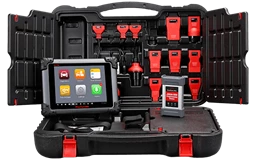
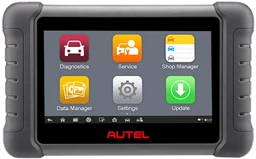
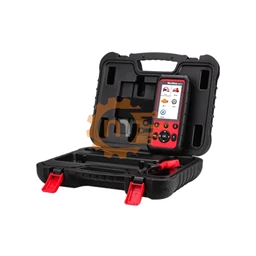
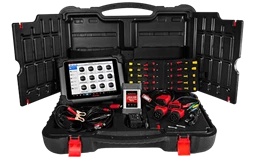
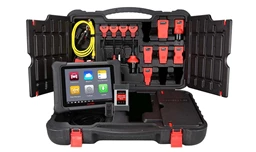
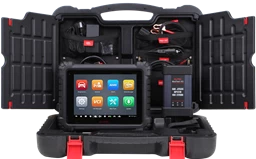
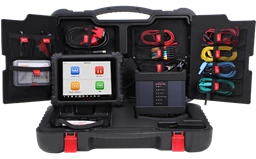
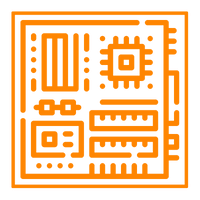

.webp?size=256)

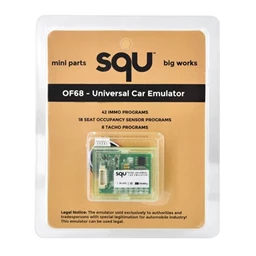
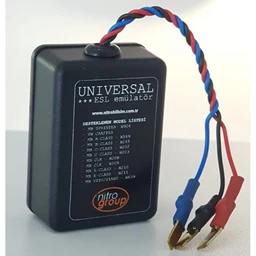
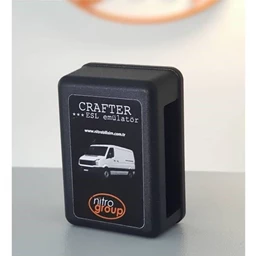
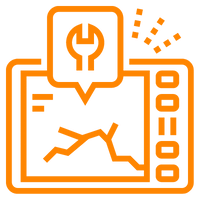
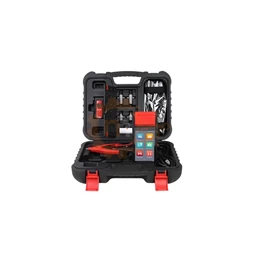
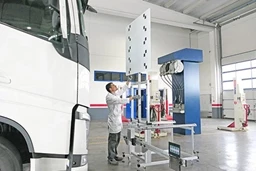
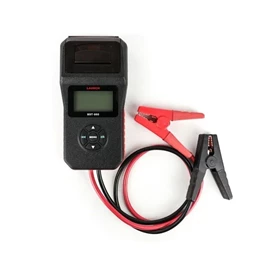
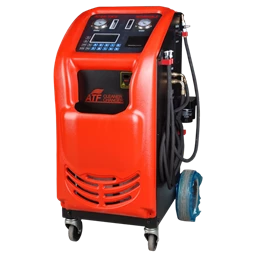
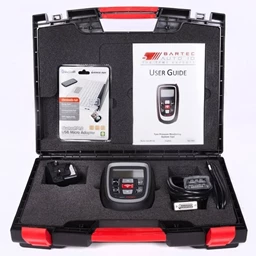
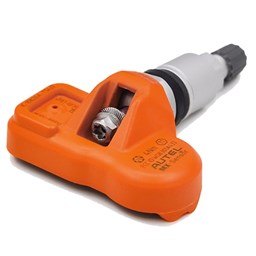
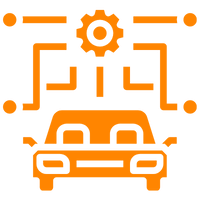
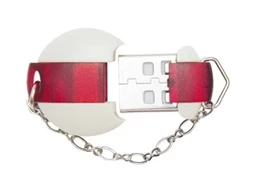


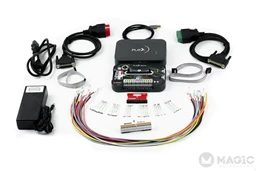
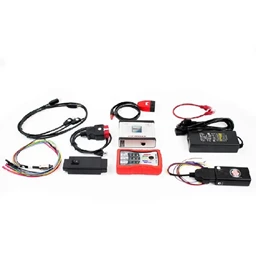
 Cihazı.webp?size=256)
